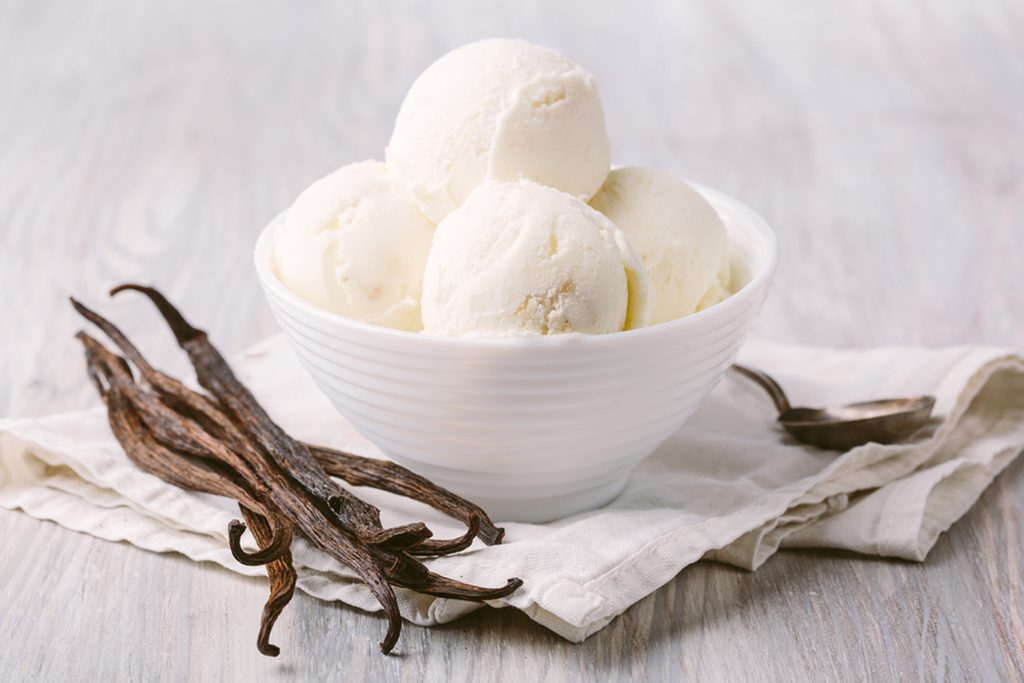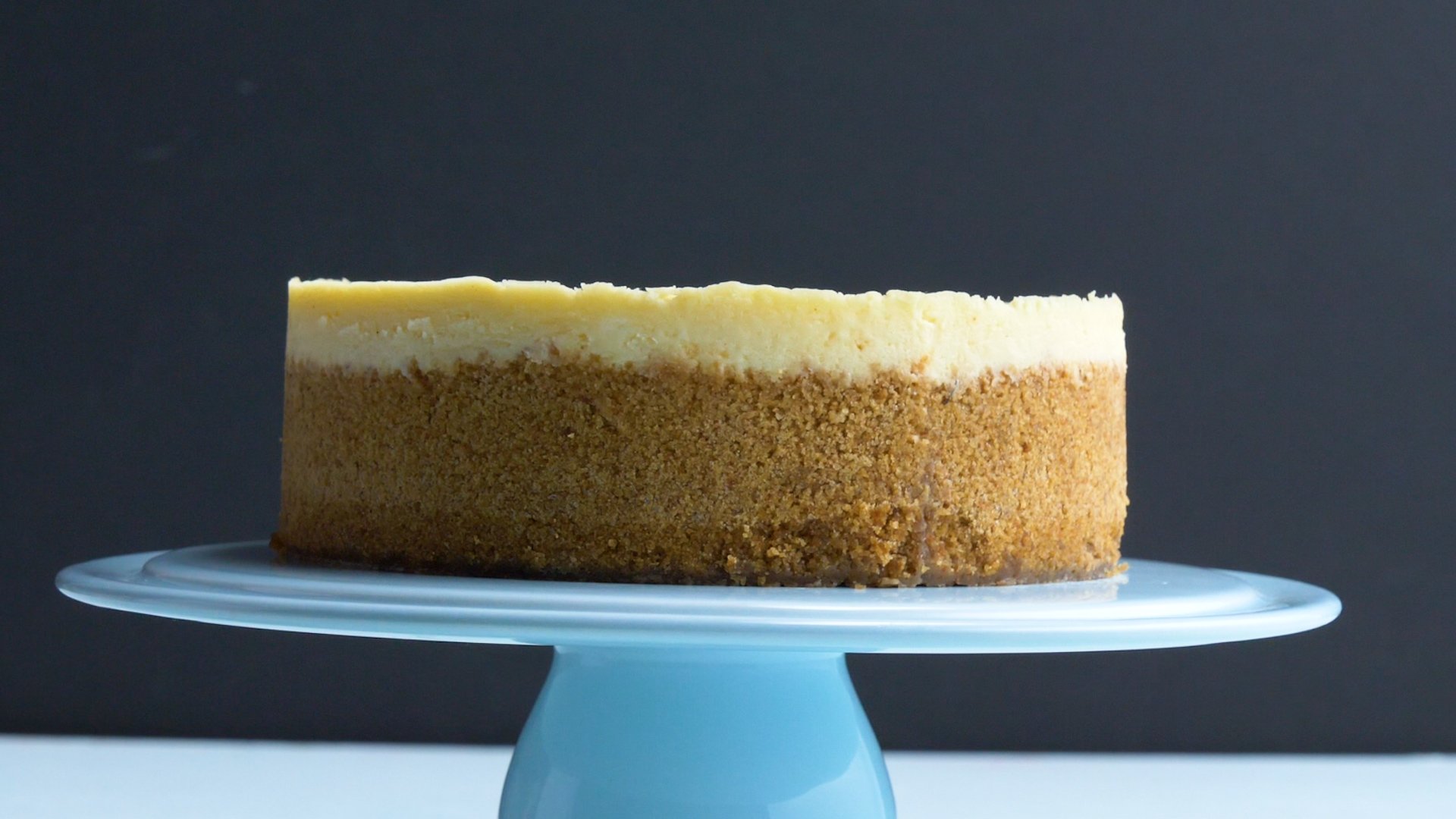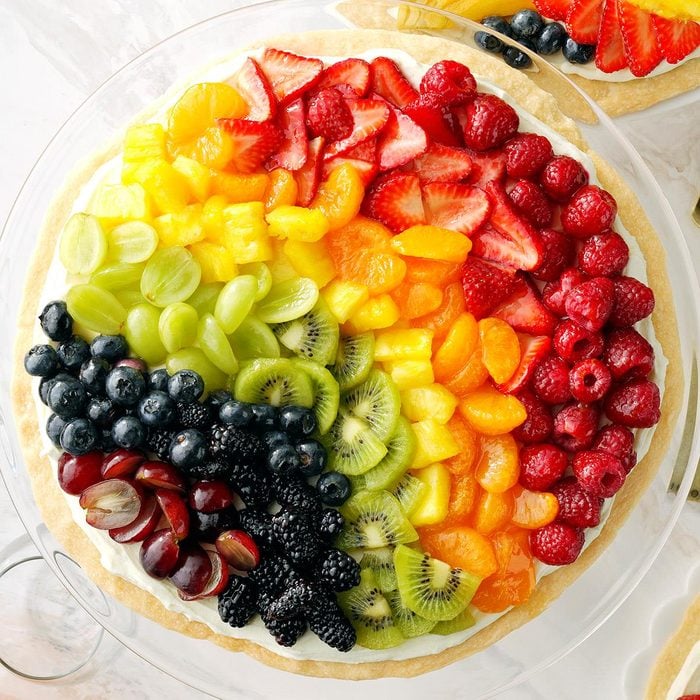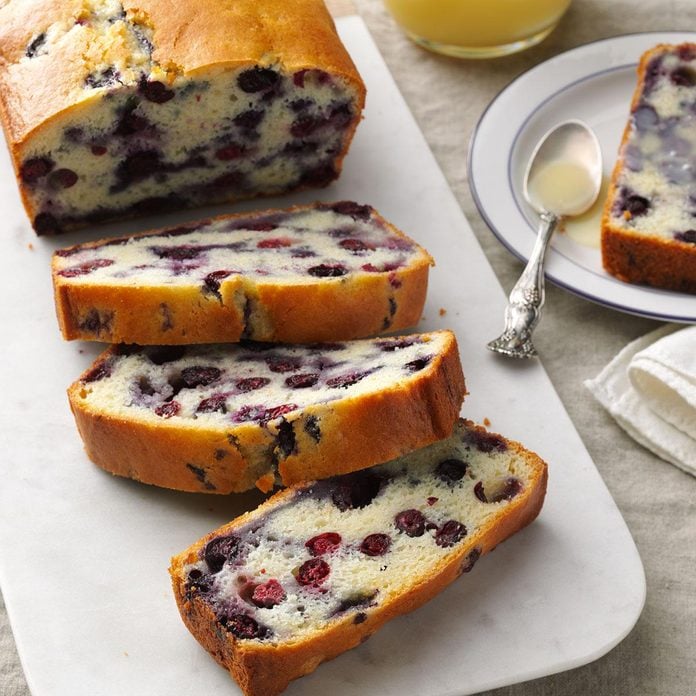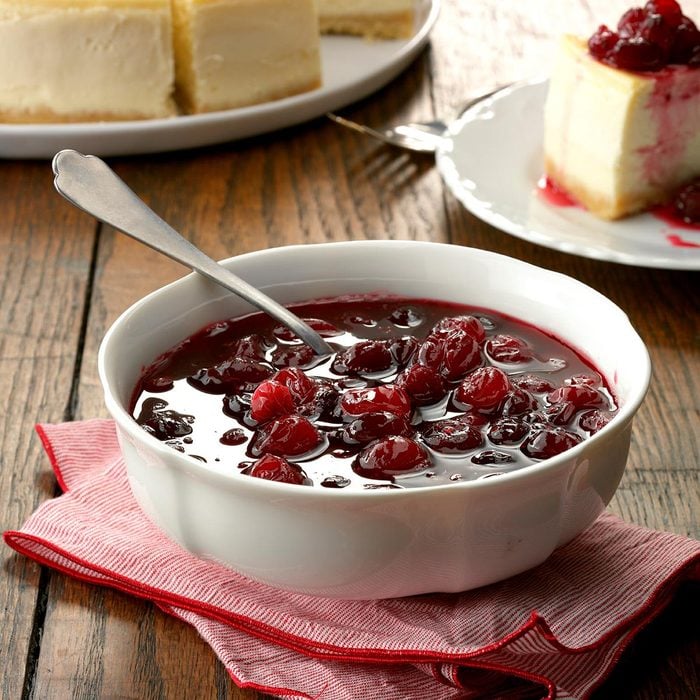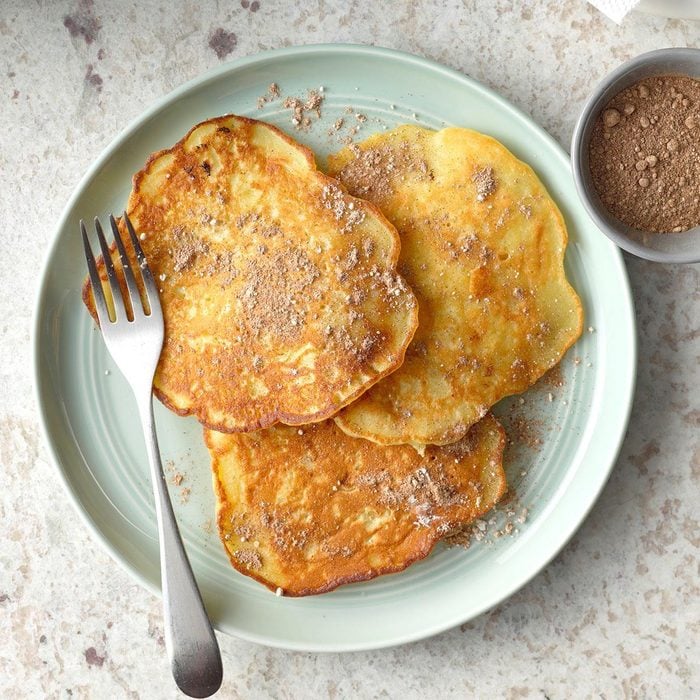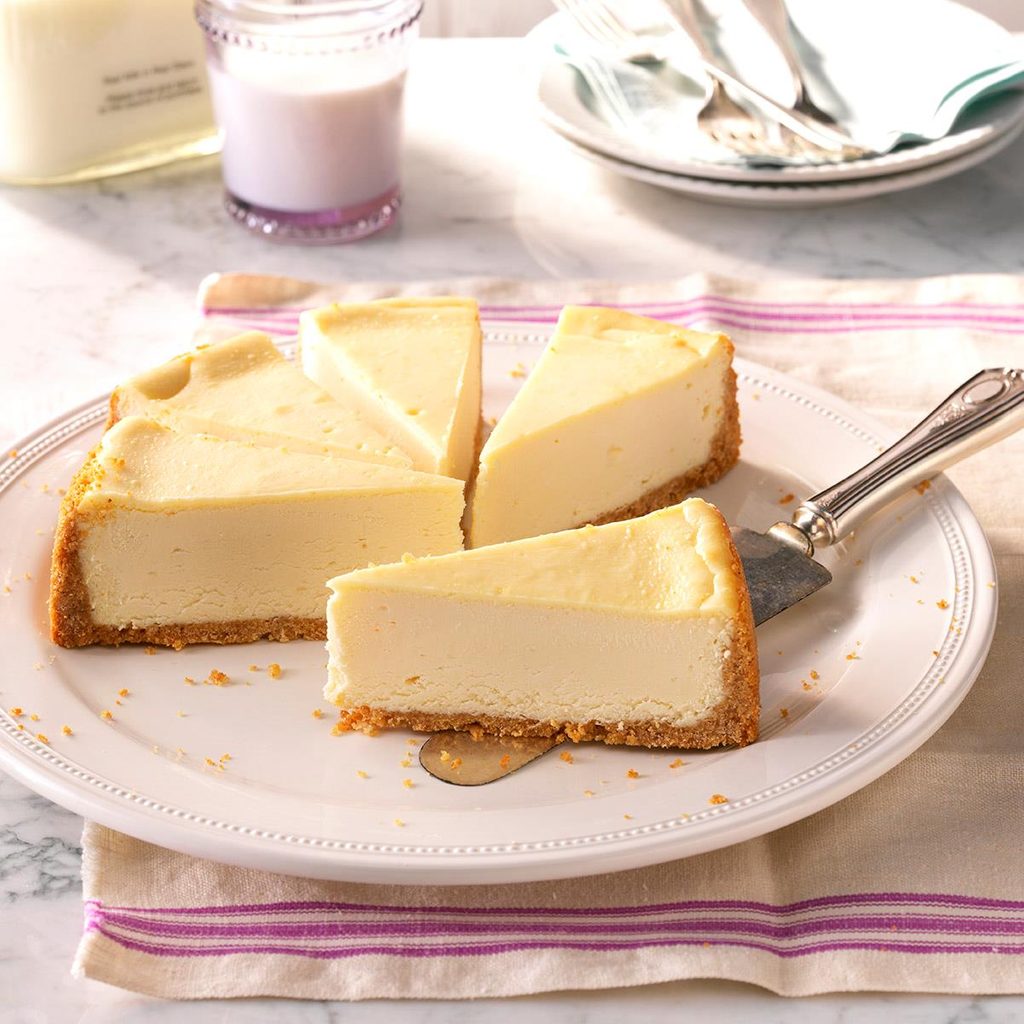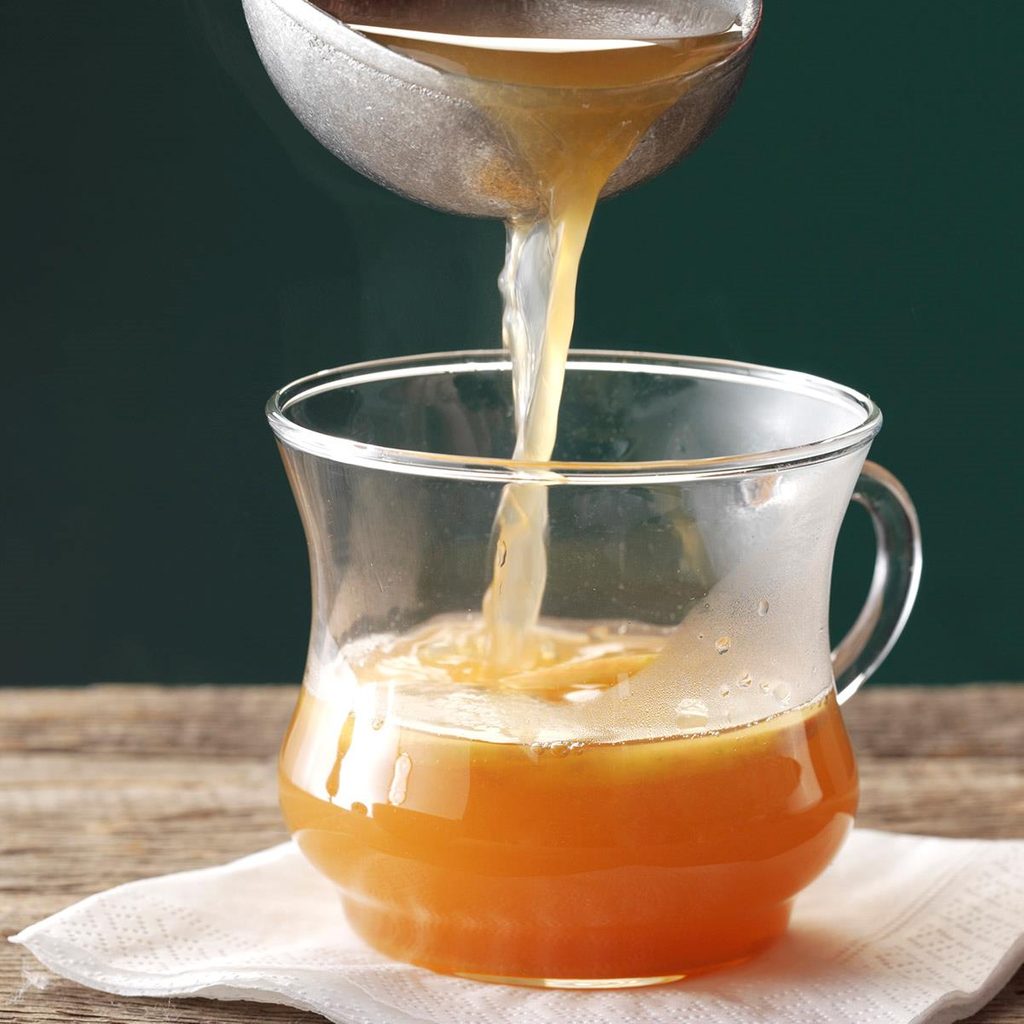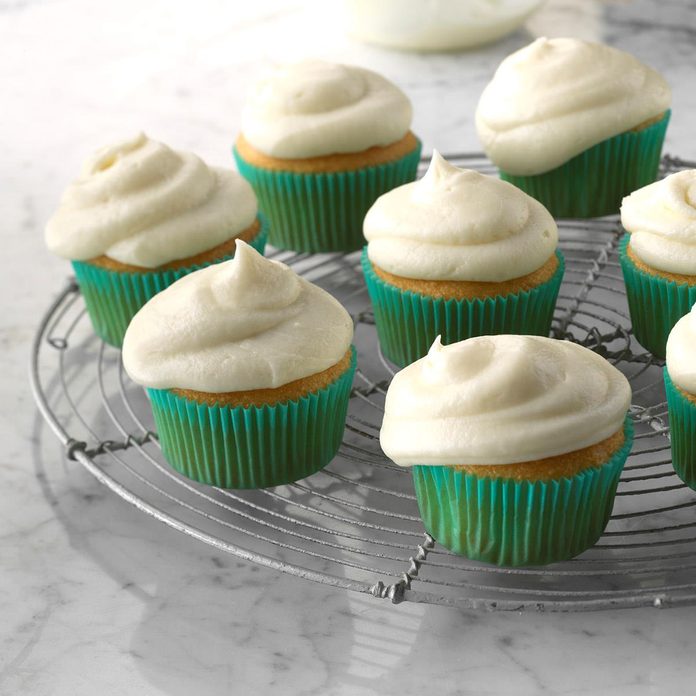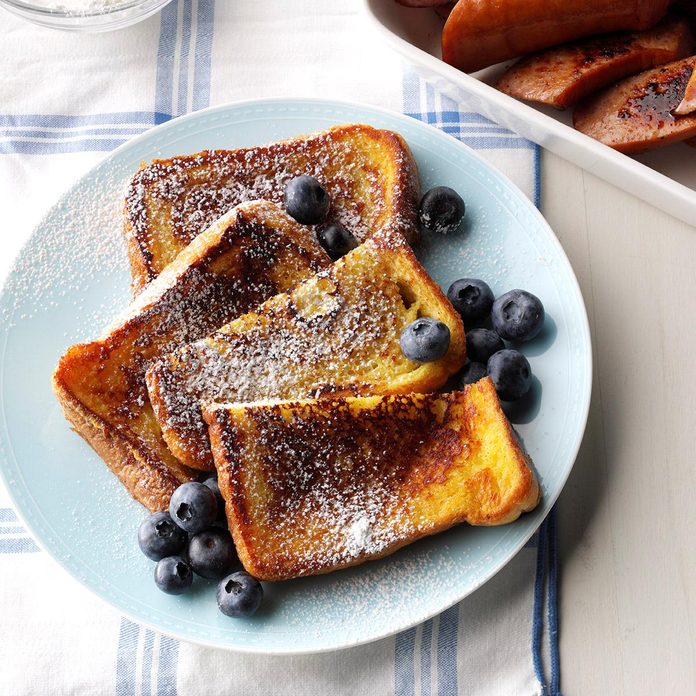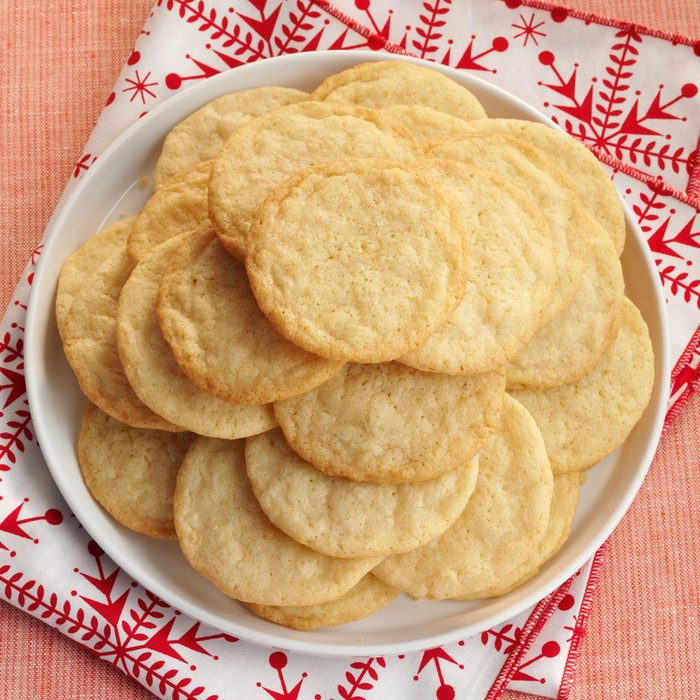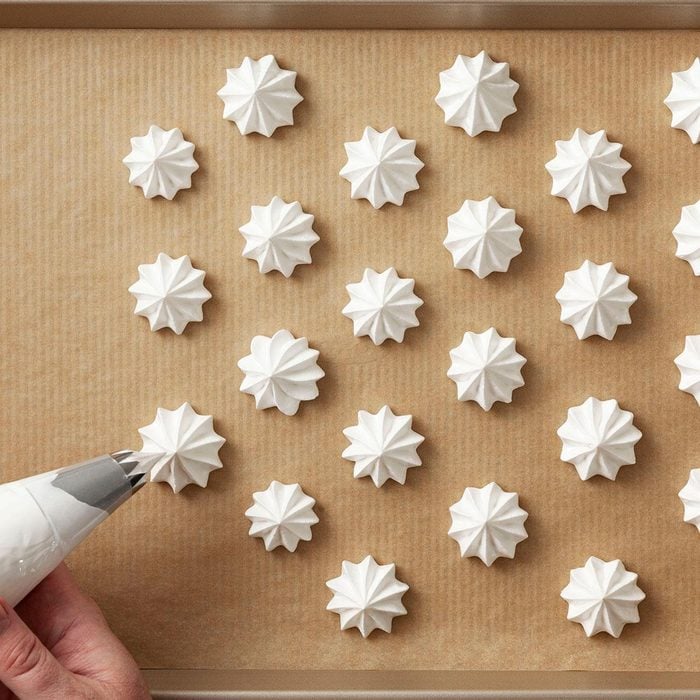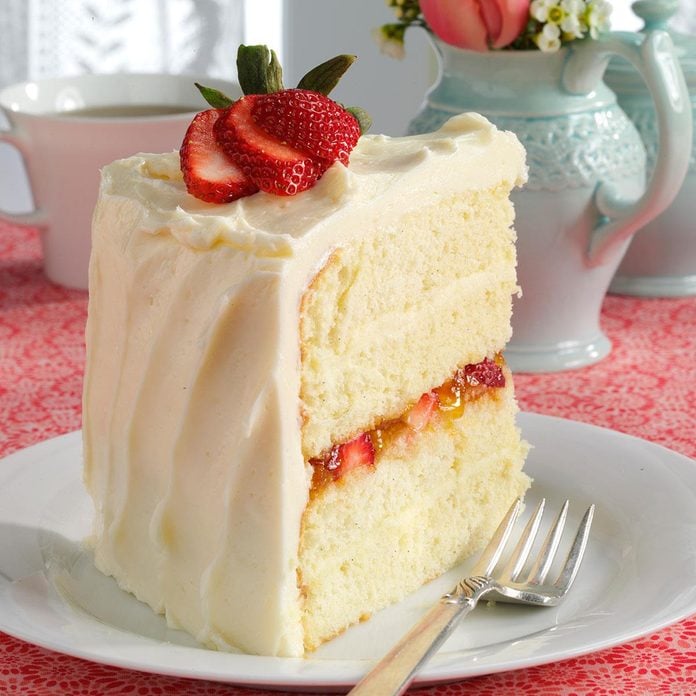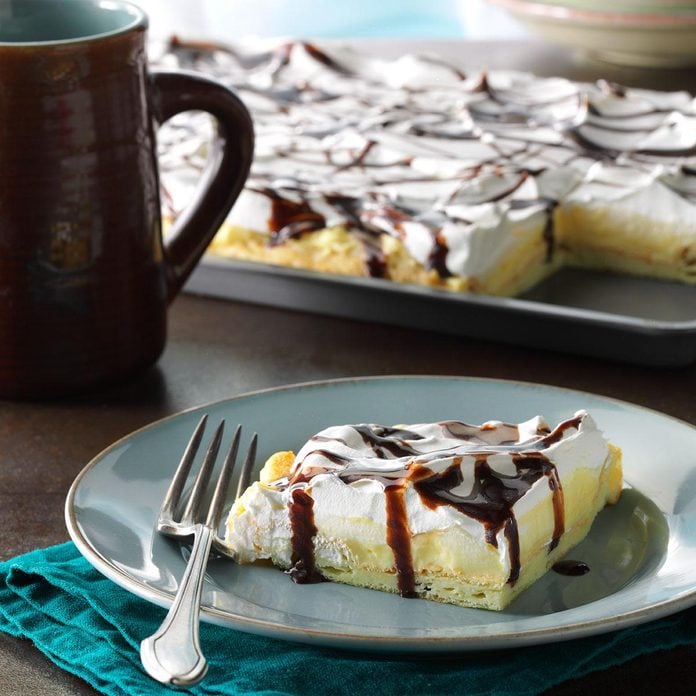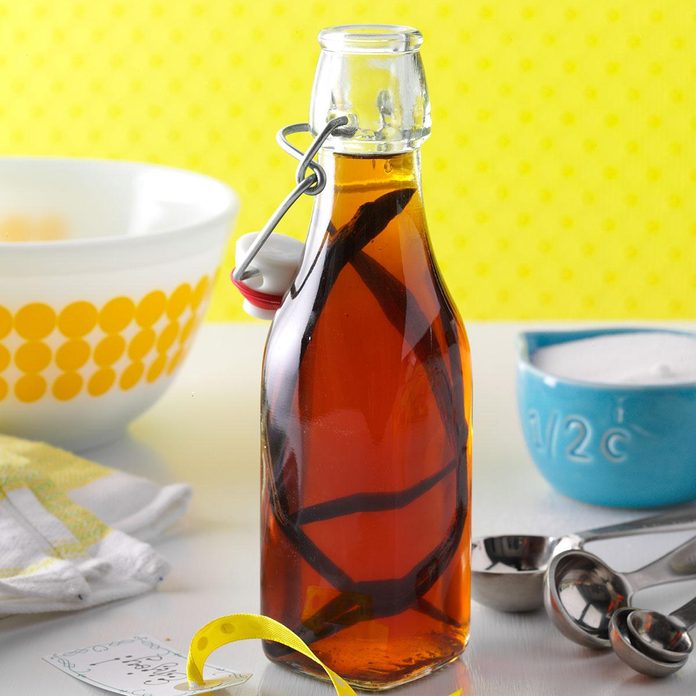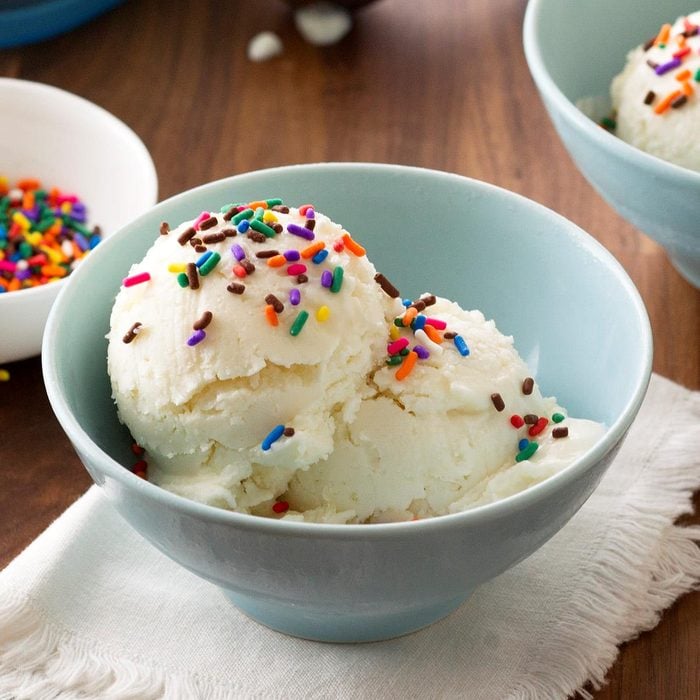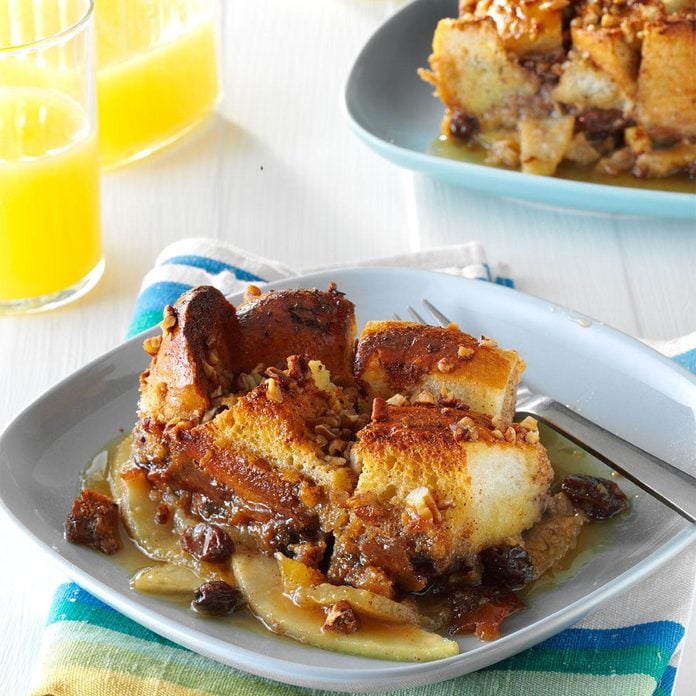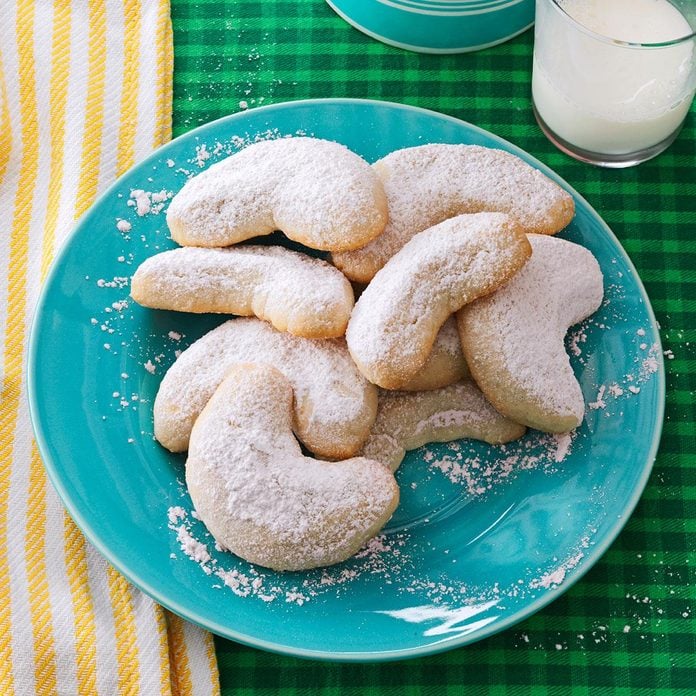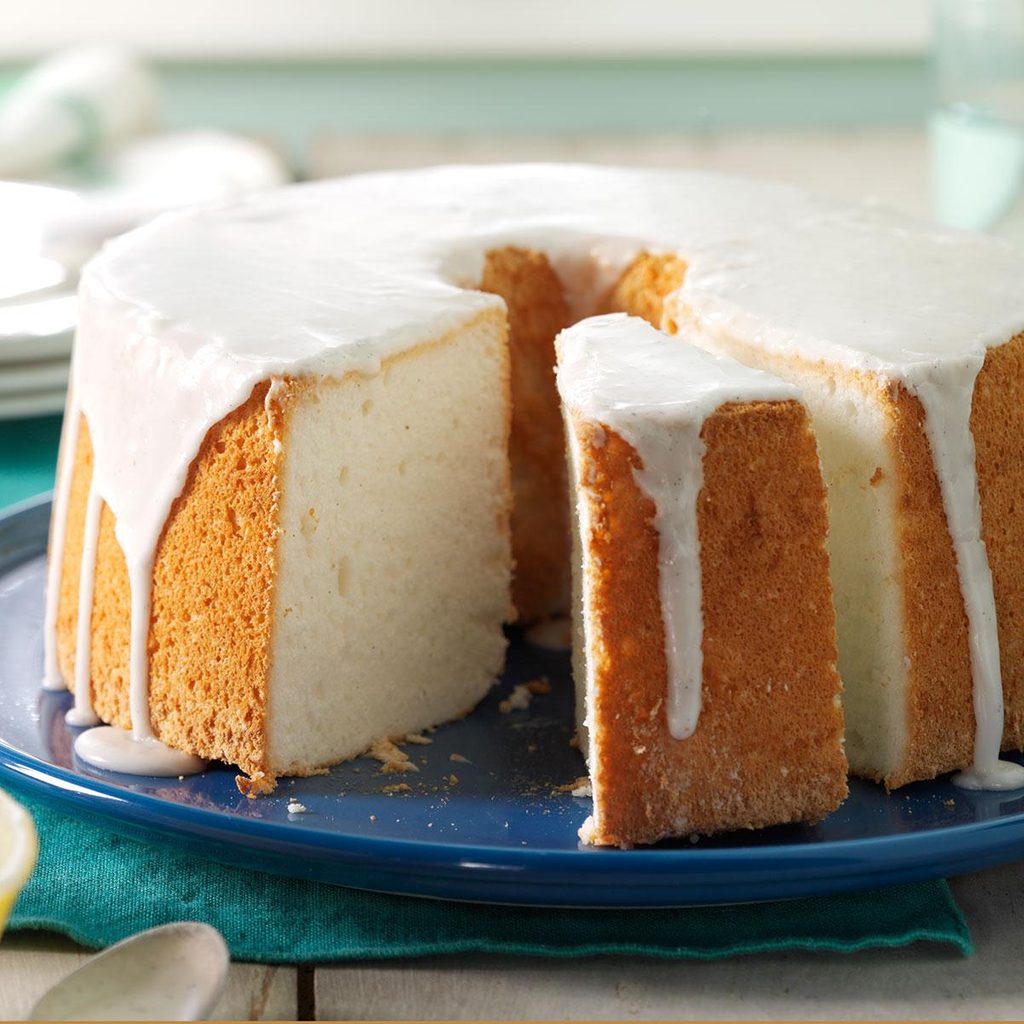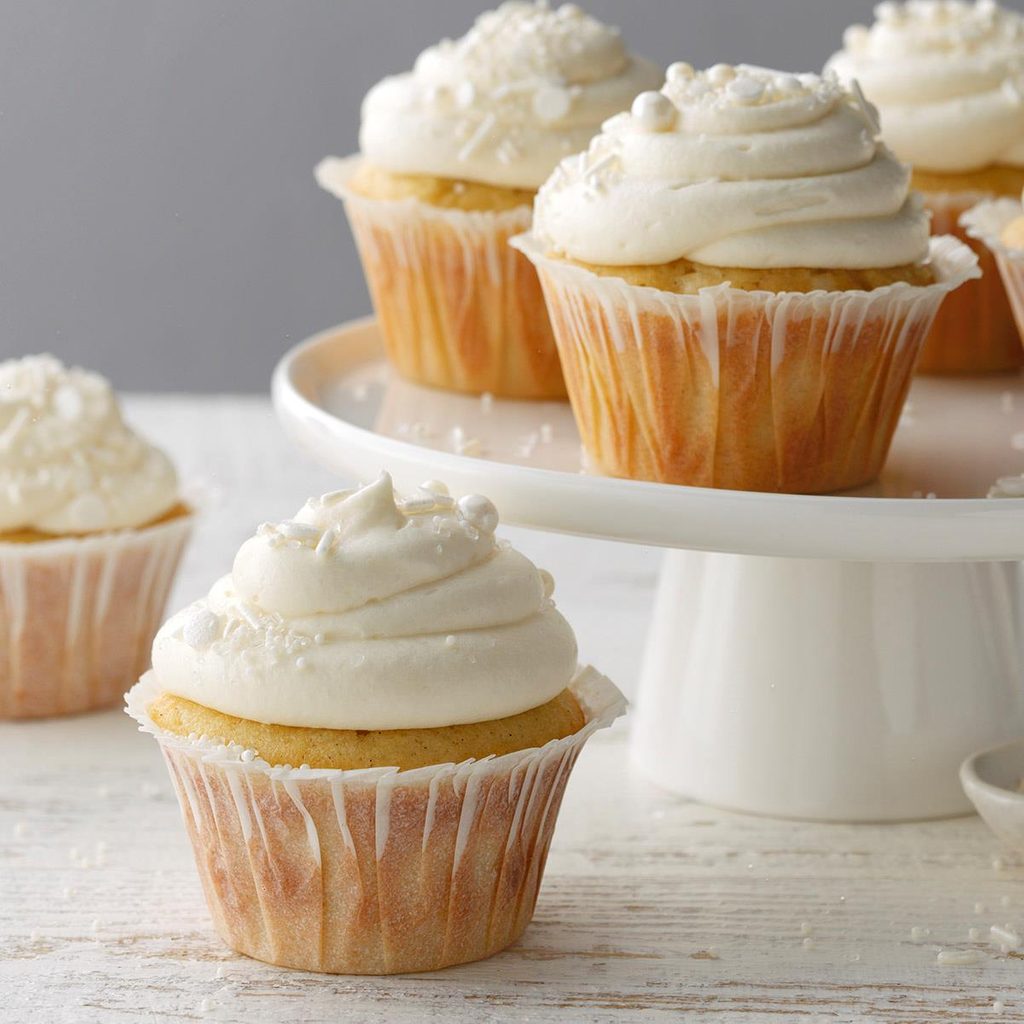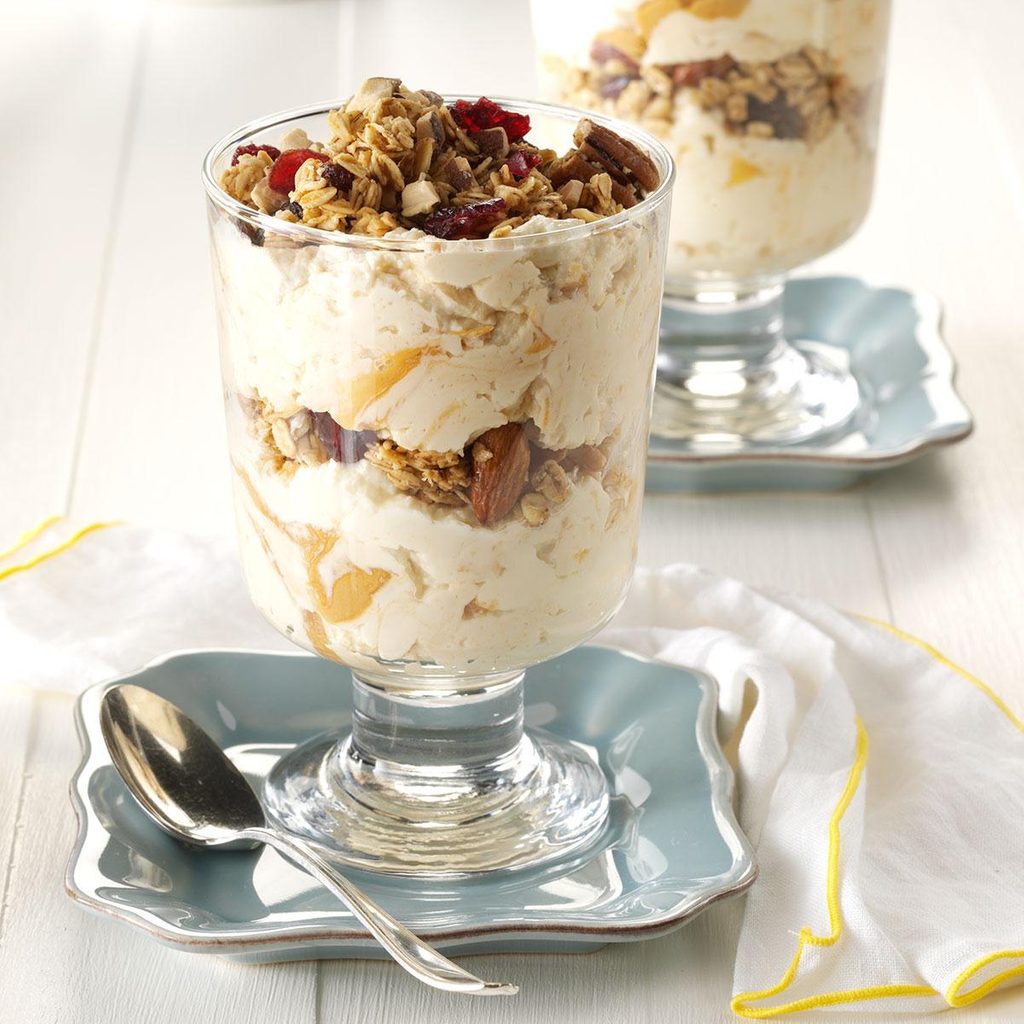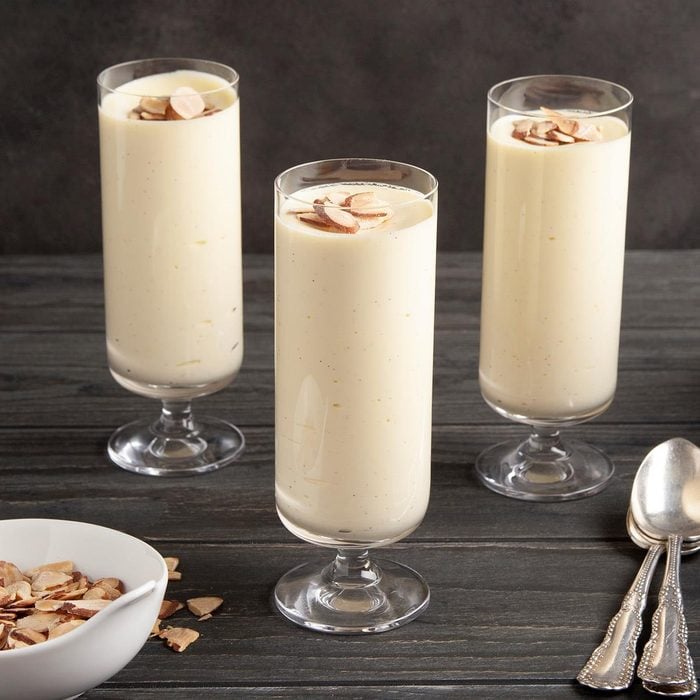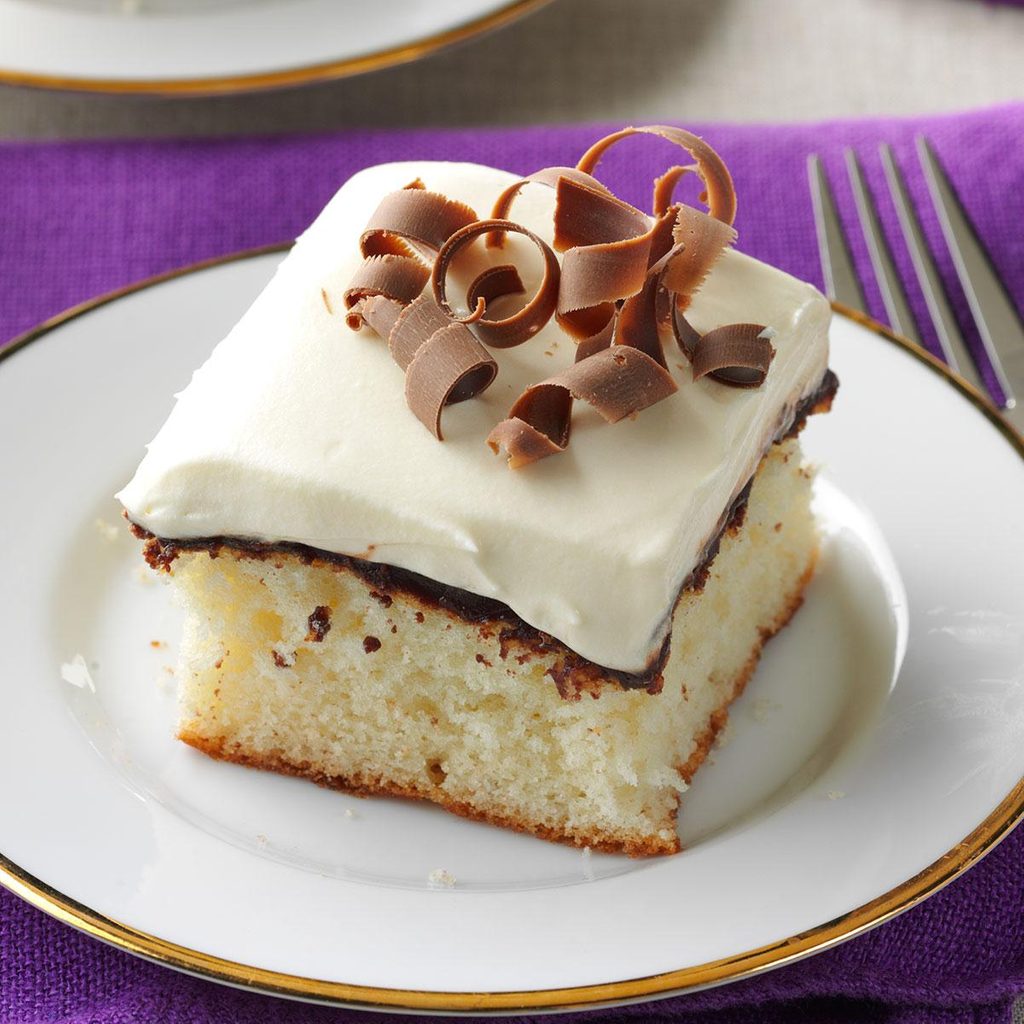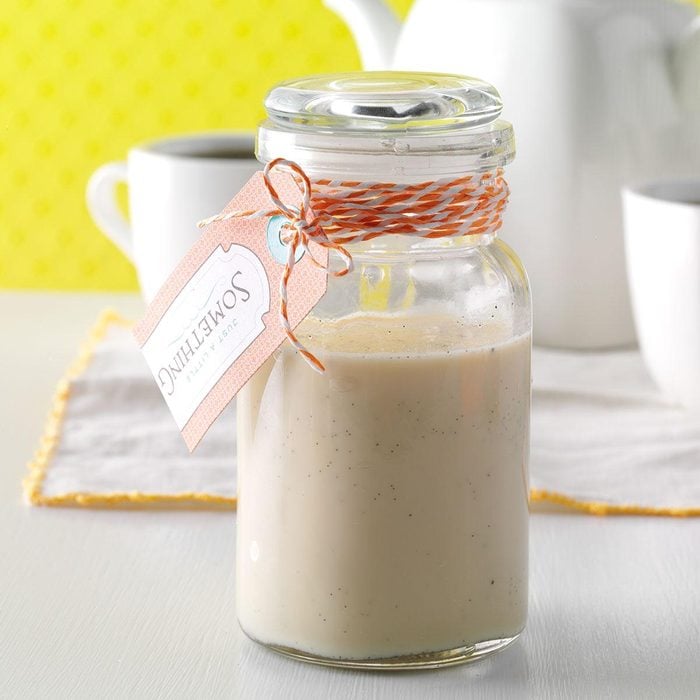Though some may say vanilla is boring (these recipes will change your mind), the market for vanilla is anything but. Over the past year, vanilla prices have skyrocketed. Only five years ago, vanilla could be found for $10 per kilo. Recently, at over $500 per kilo, vanilla was trading at a price higher than silver, making it quite a precious commodity. Long story short, your favorite vanilla bean ice cream and vanilla wafer cookies are about to get more expensive to make. But why?
Growing vanilla requires a lot of work
Vanilla beans, which are the seeds of a tropical vine orchid plant, are not an easy crop to grow. Originally native to Mexico and parts of South America, the tropical vine orchid was introduced to Madagascar by the French in the nineteenth century. Today, 80% of the vanilla crop is grown in Madagascar. Once planted, it can take up to four years to reach maturity. In its native Mexican habitat, the plant is pollinated naturally by birds and insects. However, those pollinators don’t exist in Madagascar. Instead, the plants must be pollinated by hand. And as it happens, even pollinating the plants by hand isn’t an easy task, given that the plants only bloom for one day each year. Psst! Bees are a big deal. Here are 8 ways you can help save bees today.
Nine months after the plants are pollinated, the green beans are hand-picked at the height of their ripeness. (Some farmers, nervous about having their beans stolen, have taken to picking the beans early, leading to a less flavorful product.) The process is far from complete, however. Months of blanching, sweating and drying still await, before the vanilla beans can hit the market.
Historically, Madagascar vanilla bean farmers received little payment for their crop, meaning the incredible effort it took to grow and harvest the beans was hardly worth the payoff. As a result, many farmers stopped growing vanilla beans altogether, leading to a major decrease in supply.
Increased demand
In the past, manufacturers have dealt with high vanilla prices or decreased supply by replacing real vanilla with a synthetic alternative called vanillin (learn more about the difference here). This aromatic chemical compound is commonly derived from wood pulp. Taste-wise, you would be hard-pressed to discern artificial vanilla from the real deal in most recipes. However, in recent years, consumers have become more food label-conscious and have begun to demand natural ingredients. As a result, major manufacturers, including Nestlé and Hershey’s, have pledged to change from artificial flavorings to natural ingredients in their food products. In simple economic terms, this increased demand, combined with a decreased supply, has led to a historic rise in vanilla bean prices. Even the spent vanilla market has seen an increase in price. Some companies use spent vanilla beans to add vanilla bean specks to their products. Doing so allows the manufacturers to add “vanilla beans” to the ingredients list, even if the vanilla flavor itself comes from artificial ingredients.
Mother Nature stepped in
A pair of cyclones laid a major blow to the 2017 vanilla bean crop in Madagascar. As a result of these extreme weather events, the vanilla bean crop was almost entirely wiped out. As a result, vanilla prices leaped to over $600 per kilo. The price per kilogram of vanilla beans has been averaging between $500-600 per kilo ever since, and it doesn’t appear that the vanilla price will be going down anytime soon.
The bottom line
Farmers in Madagascar harvest their vanilla bean crops in June. Only time will tell whether this year’s crop will be a boom or a bust. But in the meantime, next time you’re in the grocery store, we’d suggest putting a few extra bottles of vanilla extract in your cart just in case. Or you can pick up some vanilla beans and make your own vanilla extract at home.
Try these stunning vanilla recipes.
Pressure Cooker Very Vanilla Cheesecake
Cinnamon and vanilla give this cheesecake so much flavor, and making it in the pressure cooker creates a silky, smooth texture that's hard to resist. —Krista Lanphier, Milwaukee, Wisconsin
Get Recipe
Fruit TartIt's well worth the effort to whip up this creamy fruit tart bursting with juicy berries. A friend gave me the recipe, and it always receives rave reviews at gatherings. —Susan Terzakis, Andover, Massachusetts
Blueberry Quick Bread with Vanilla SauceThis loaf is chock-full of blueberries—two whole cups! When you pour the vanilla sauce over the bread, it makes it moist--almost like a pudding. I suggest serving a robust cup of coffee with this delicious treat. —Sue Davis, Wausau, Wisconsin
Vanilla Bean FizzA homemade vanilla bean syrup from our home economists fabulously flavors Champagne. The bubbly beverage is ideal for holidays throughout the year.
Rum Vanilla Cranberry SauceCranberry sauce is one of my favorite things—this jazzed-up version combines vanilla with rum to create a rich flavorful sauce that's far from the usual! —Ashley Lecker, Green Bay, Wisconsin
Vanilla & Cinnamon-Kissed Apple LatkesLatkes are crispy fried pancakes, often made with potatoes. But this sweet version with apples, orange juice, cinnamon and vanilla falls in the dessert realm. —Candy McMenamin, Lexington, South Carolina
Vanilla CheesecakeTo me, there is nothing better than a simple, elegant cheesecake where the vanilla takes center stage. And when I'm feeling decadent, I'll add the rich chocolate ganache topping. —Ellen Riley, Murfreesboro, Tennessee
Vanilla Citrus CiderMy mom used to make cider for the holidays, so I based my citrus-vanilla variation on her recipe. I think it hits the spot! The longer the cider simmers, the stronger the flavors will be.—Kristin Weglarz, Bremerton, Washington
Easy Vanilla Buttercream FrostingAfter trying a few buttercream frosting recipes, this easy vanilla buttercream frosting takes the cake with its unmatchable homemade taste. With a few simple variations, you can come up with different colors and flavors. —Diana Wilson, Denver, Colorado
Very Vanilla French ToastThese French toast slices have creamy vanilla flavor from a convenient pudding mix, plus a hint of cinnamon. We like to top them with syrup or powdered sugar and fresh berries. —Linda Bernhagen, Plainfield, Illinois
Homemade Vanilla Ice CreamWe don't want to brag, but as far as vanilla ice cream recipes go, this one is the best. And with only four ingredients, it just might be the easiest, too. No ice cream maker? No problem. Just follow the directions below to learn how to make homemade ice cream by hand. It's the perfect base for our
best ice cream sundae ideas, too. —Taste of Home Test Kitchen
Vanilla Wafer CookiesThese buttery cookies bake up chewy and crispy at the same time. Sprinkle these vanilla wafers with colored sugar or leave them as-is. Their simplicity is beauty enough! —Edith MacBeath, Gaines, Pennsylvania
Vanilla Meringue CookiesThese sweet little swirls are light as can be. They're all you need after a big, special dinner. —Jenni Sharp, Milwaukee, Wisconsin
Vanilla Almond Hot CocoaTreat your family to this comforting, homemade cocoa as you decorate the tree or open holiday gifts. Vanilla and almond extracts make it taste even more special. —Vicki Holloway, Joelton, Tennessee
Vanilla Bean Cake with White Chocolate GanacheFor a distinctive dessert with unforgettable flavor, I recommend this cake. Feel free to substitute your favorite jam and lend your own touch to this signature treat. —Lisa Bogar, Coventry, Vermont
Vanilla Cream Puff DessertInspired by classic cream puffs, this recipe is a wonderful treat. I've served it at Cub Scout banquets, birthday parties and holidays. I'm a regular baker, and this dessert is one of my all-time favorites. —Denise Wahl, Homer Glen, Illinois
Homemade Vanilla ExtractHomemade vanilla is fun to give in decorative bottles with attractive labels. Share it with special friends who like to cook or bake. —Becky Jo Smith, Kettle Falls, Washington
Frozen Greek Vanilla YogurtIt's so simple and easy to make your own frozen Greek yogurt, you might even want to get the kids in on the fun. —Taste of Home Test Kitchen
Pear-Stuffed French Vanilla ToastMy handyman, who is originally from Nicaragua, shared this classic breakfast dish his mother used to prepare. He says he makes it frequently for his children and they clean their plates! —Gail Borczyk, Boca Raton, Florida
Vanilla CrescentsThese cookies are especially cozy at Christmastime, but are wonderful all year long. Try them dipped into hot tea or coffee.—Cara McDonald, Winter Park, Colorado
Vanilla Bean Angel Food CakeAngel food cake is everyone’s favorite blank slate for making awesome desserts. Serve it with a simple glaze or pile on fresh fruit, chocolate sauce or nutty sprinkles. —Leah Rekau, Milwaukee, Wisconsin
Berries with Vanilla CustardWhat a simple, delectable way to enjoy fresh raspberries. For a change, also try the custard with strawberries or peaches. —Sarah C. Vasques, Milford, New Hampshire
Vanilla Bean CupcakesMy son loves these vanilla bean cupcakes! Flecks of vanilla bean in the moist, tender cupcakes give them special-occasion status. —Alysha Braun, St. Catharines, Ontario
Almond-Vanilla Yogurt ParfaitsI’m a night-shift nurse. When I get home, I make a crunchy parfait with yogurt for a protein boost before heading off to a good day’s sleep. —Meredith Brazinski, Neptune, New Jersey
Vanilla White Chocolate MousseI needed a quick dessert for my daughter's bridal shower, and a co-worker gave me this vanilla mousse recipe. It's so pretty with almonds and raspberries on top. —Marina Castle, Canyon Country, California
Fudge-Filled Vanilla CakeFor my husband’s birthday cake, I used white chocolate pudding mix as part of the cake’s topping. Guests rated this fluffy cake excellent. —Linnea Ledgister, Wausau, Wisconsin
Vanilla Coffee CreamerFlavored coffee creamer drives my husband nuts. Even so, I still make this classic vanilla one all the time. It’s better (and cheaper) than store-bought—and
I know exactly what’s in it! —Shauna Sever, San Francisco, California
